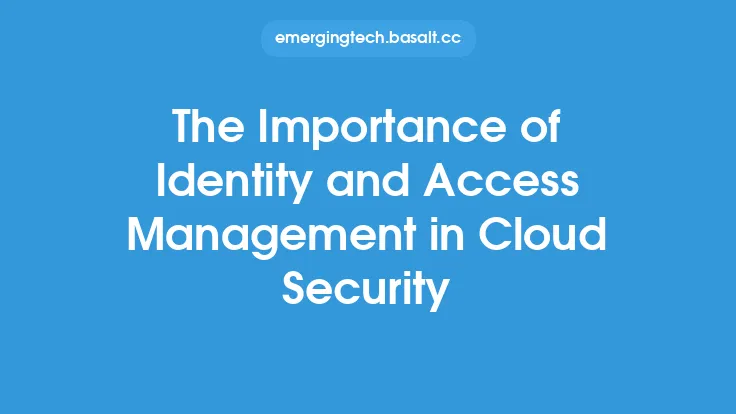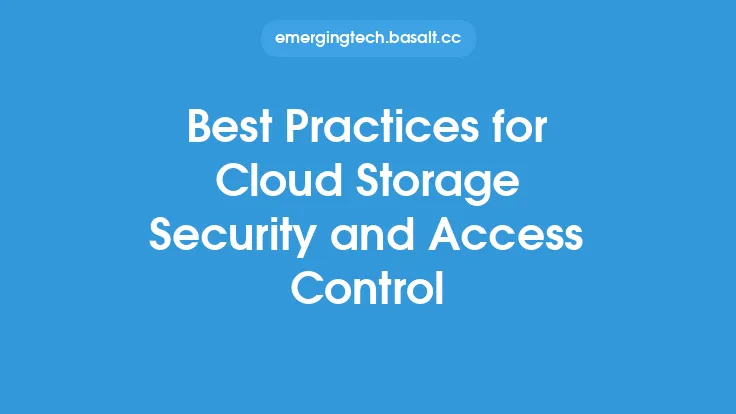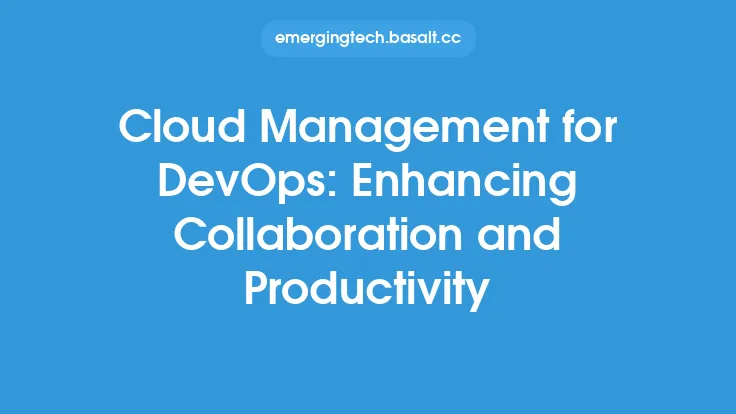Implementing effective identity and access management (IAM) in DevOps environments is crucial for ensuring the security and integrity of applications and infrastructure. DevOps, which combines development and operations teams, aims to improve the speed and quality of software releases. However, this collaborative approach also introduces new security challenges, particularly in managing access to sensitive resources and data. In this context, best practices for IAM in DevOps are essential for balancing security with the need for rapid deployment and continuous delivery.
Introduction to DevOps and IAM
DevOps practices emphasize automation, continuous integration and delivery, and close collaboration between development and operations teams. This environment requires flexible and dynamic access management to ensure that the right individuals have the appropriate levels of access to resources, without hindering the development and deployment process. Identity and access management in DevOps involves managing digital identities and controlling access to computing resources, applications, and data. Effective IAM in DevOps must support the agile nature of these environments while maintaining robust security controls.
Principles of IAM in DevOps
Several key principles underpin effective IAM in DevOps environments. These include:
- Least Privilege Access: Granting users only the privileges they need to perform their tasks, reducing the risk of unauthorized access or malicious activities.
- Role-Based Access Control (RBAC): Assigning access based on roles within the organization, simplifying the management of access rights and ensuring that users have appropriate access based on their job functions.
- Continuous Monitoring and Auditing: Regularly reviewing access logs and user activities to detect and respond to security incidents promptly.
- Automation: Leveraging automation tools to streamline access management processes, such as provisioning, deprovisioning, and privilege escalation, to reduce manual errors and improve efficiency.
Implementing IAM in DevOps
Implementing IAM in DevOps requires a thoughtful and multi-faceted approach. The following steps are crucial:
- Assess Current State: Evaluate the current access management processes, identifying areas for improvement and potential security vulnerabilities.
- Define Access Policies: Establish clear, role-based access policies that align with the organization's security and compliance requirements.
- Choose IAM Tools: Select appropriate IAM tools that support DevOps practices, such as automation, scalability, and integration with existing development and operations tools.
- Integrate with DevOps Tools: Integrate IAM solutions with DevOps tools and platforms, such as CI/CD pipelines, to automate access management and ensure seamless workflows.
- Train and Educate: Provide training and education to development and operations teams on IAM best practices and the importance of security in DevOps.
Security Considerations
Security is paramount in IAM for DevOps. Key considerations include:
- Multi-Factor Authentication (MFA): Implementing MFA to add an extra layer of security for accessing sensitive resources and data.
- Encryption: Ensuring that data, both in transit and at rest, is encrypted to protect against unauthorized access.
- Compliance: Adhering to relevant regulatory and compliance standards, such as GDPR, HIPAA, and PCI-DSS, which often have specific requirements for access management and data protection.
Best Practices for IAM in DevOps
Several best practices can enhance the effectiveness of IAM in DevOps environments:
- Use Infrastructure as Code (IaC): Managing infrastructure through code allows for version control and automation of access configurations.
- Implement Just-In-Time (JIT) Access: Granting access just in time and for the duration needed reduces the attack surface and minimizes standing privileges.
- Monitor for Drift: Regularly monitoring access configurations for drift from defined policies ensures that access remains aligned with intended states.
- Adopt a Cloud-Native Approach: For cloud-based DevOps environments, adopting cloud-native IAM services can provide integrated and scalable access management capabilities.
Challenges and Future Directions
Despite the importance of IAM in DevOps, several challenges exist, including the complexity of integrating IAM with DevOps tools, ensuring scalability, and managing the dynamic nature of access requirements. Future directions for IAM in DevOps may include greater integration with artificial intelligence and machine learning to predict and prevent security threats, as well as more emphasis on cloud-native and serverless architectures that require innovative access management approaches.
Conclusion
Effective identity and access management is critical for securing DevOps environments without hindering their agility and efficiency. By understanding the principles of IAM, implementing best practices, and addressing security considerations, organizations can protect their applications, data, and infrastructure from unauthorized access and cyber threats. As DevOps practices continue to evolve, the importance of robust and adaptable IAM solutions will only grow, making it essential for organizations to prioritize and invest in IAM as a core component of their cybersecurity strategy.





